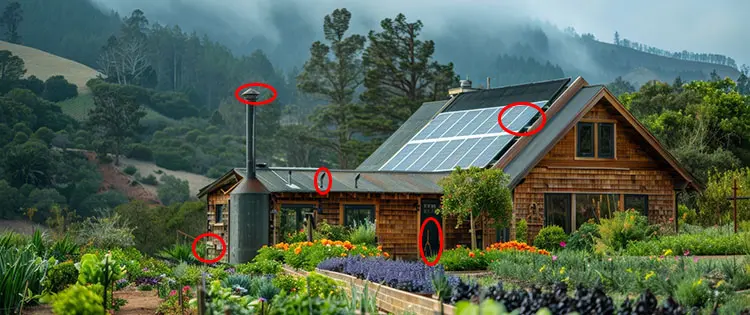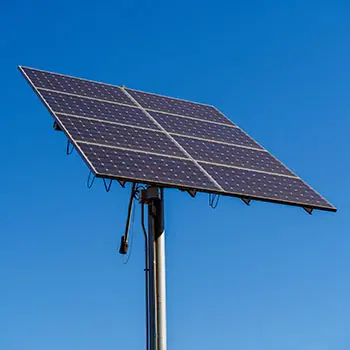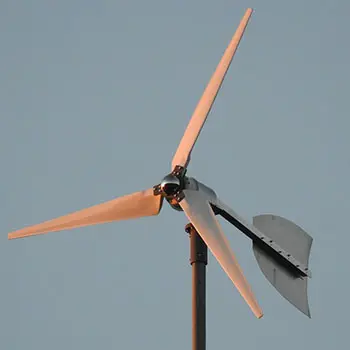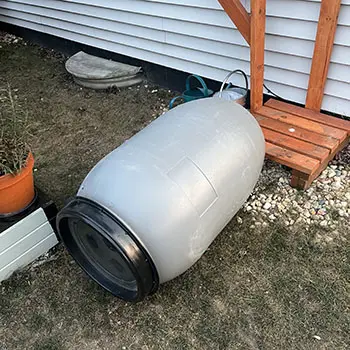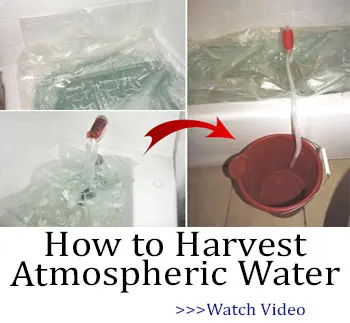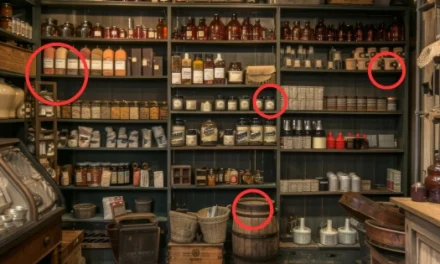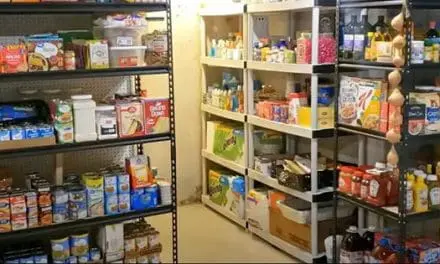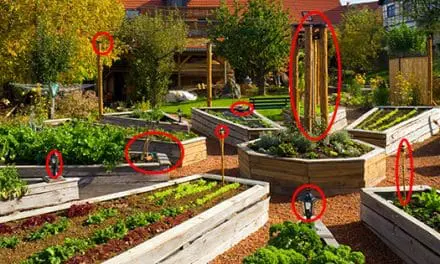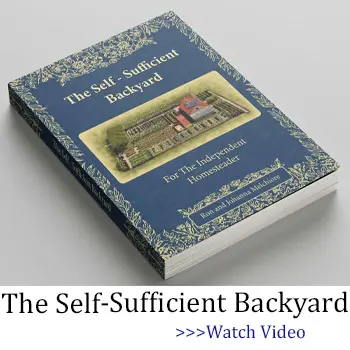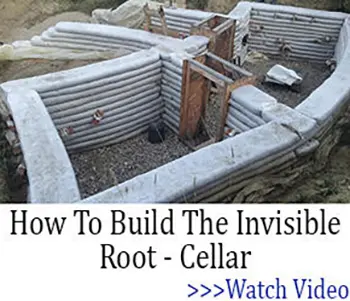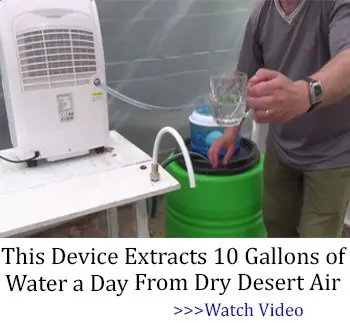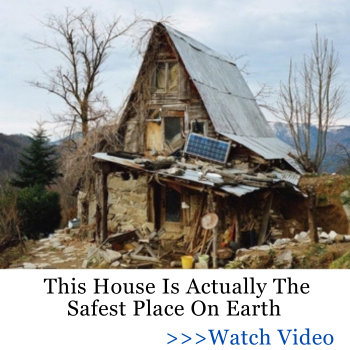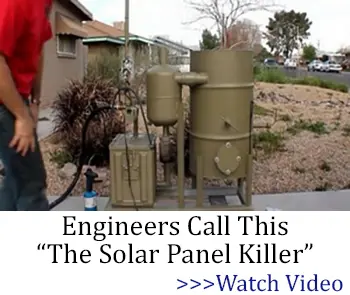Many people who have chosen to live off-grid quickly learn that it’s never as easy as it seems. Some of the projects I regret building were fairly straightforward, and even if they didn’t work great, I found workarounds.
But every now and then we try something new or make assumptions and find out later they weren’t the best idea. Here are a few that I’ve experienced and heard about that make a living off-grid harder than it should be.
Bad Batteries 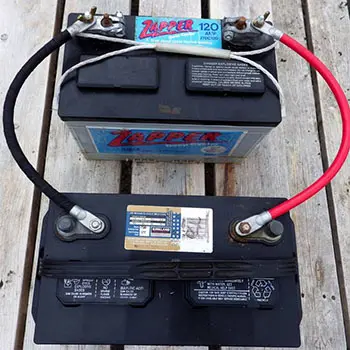
I’ll get right to the point. If you’re storing power from solar panels, windmills, or hydro generators, use lithium-ion batteries. They are low maintenance, store lots of power, and are safe and reliable. They’re also expensive.
My mistake was assuming I could use lead-acid batteries. The kind you use in a car or boat. They need constant maintenance, are risky because of the sulfuric acid, give off fumes while charging, and don’t hold a charge well. They’re cheaper but you earn it.
I eventually switched to buying and assembling lithium-ion batteries for power storage. Even though they were more expensive, buying them slowly was worth it to avoid the hassle of lead-acid batteries.
Relentless Ram Pump: One of the Projects I Regret Building
A ram pump is a simple concept. You place it in a spring, creek, or river, and the current moves a diaphragm back and forth to pump water.
There was a spring creek at the bottom of the bluff near my cabin. I set up a ram pump and was so excited when it started pumping water up the bluff into a collection barrel. To make sure nothing went to waste, I dug a trench to direct any overflow straight to my vegetable garden. It worked great… except for one thing.
Related: How To Make A Water Pump In Your Backyard
Ram pumps make a constant “clip/clap” noise as the pump chamber moves. At first, I liked the sound because it meant the pump was working. But over time, it got annoying, especially on summer nights with the windows open and the noise coming through the screens.
I reminded myself to get over it, reassuring myself that the noise meant my water was pumping. After a few months, it got on my nerves, and as winter approached, I disengaged the pump. Snow and ice became the new water source. Looking back, this was just one of the projects I regret building. In the spring, I dug a well and installed a hand pump.
Super Thin Solar Panels 
Solar panels aren’t cheap. But then I came across these thin solar panels that were rolled up and could be unrolled and literally stapled to a surface or roof.
They were cheap and I covered the garage and shed with them. They didn’t last a year. Winter took its toll, and they cracked and crumbled and shattered anytime a branch fell on the roof.
They might work okay if placed inside on a window but outdoors they just can’t take it. Live and learn.
If I had known earlier, I wouldn’t have wasted money on these fragile panels. What I really needed for reliable, 24/7 power was this Modular Backyard Power Plant.
How Puddles in the Root Cellar Became One of the Projects I Regret Building
My first root cellar was in the perfect location -or so I thought. I was just a bit beyond the back door to the kitchen and I figured even in winter it would be an easy few steps to get down into the cellar.
Unfortunately, the spot I picked was a collection point for water. You want a moist and open dirt floor in a root cellar, but my floor was usually a 6-inch puddle from wall to wall. The amount of moisture caused fungus and rot to happen quickly and any metal in canning jars quickly rusted.
I now use the basement under the cabin for my root cellar. Fortunately, I don’t have those water puddling problems.
While my new basement root cellar has solved some issues, I wanted an even more reliable option—something that didn’t require constant monitoring. That’s when I found the Easy Cellar. This system makes it easy to store food securely, without worrying about moisture, pests, or unpredictable weather. It’s a great solution for anyone who wants a hassle-free, long-term food storage method that just works.
The Noisiest Windmill 
On the bluff overlooking the river valley by my cabin, I couldn’t help but notice there was always a steady breeze. I thought I’d found the perfect spot for a windmill to generate power, but I should’ve done more research. I ended up buying a cheap windmill, thinking it would just help out my solar panels on cloudy days.
You get what you pay for, and the windmill noise was constant. The ram pump was long gone, and now the windmill filled my days with constant whirring and whapping. I finally put it in the shed and figured I’d spend a little more to get a quiet model. I still haven’t done that.
Gas Generators
Don’t get me wrong, a gas generator is a good idea. But it’s a short-term solution for remote construction projects or short-term power outages.
Off-grid you’re constantly going to be buying more and more gas just to keep them running. They’re useful in emergencies, but not a good long-term off-grid power source unless you own an oil company.
Rain Barrels in Winter: Projects I Regret Building and How to Avoid Them

I love rain barrels and have 4 of them. I learned the hard way that rain barrels are particularly challenging in winter. When the water in the barrel freezes, it expands, making the bottom round, which causes the barrel to tip over or crack.
I still use them, but I learned the hard way that in winter, it’s best to empty them and keep water from getting in. It gets back to collecting snow and ice and keeping that water and ice out of the barrel.
I still use them, but I learned the hard way that in winter, it’s best to empty them and keep water from getting in. It gets back to collecting snow and ice and keeping that water and ice out of the barrel.
However, if you’re looking for a more portable solution to ensure you always have fresh water, there’s an easy option I found. If taking care of your water stockpile sounds like too much work, you can always try this DIY backpack-sized water generator.
Why My Gravity-Fed Pellet Stove Is One of the Projects I Regret Building
Pellet stoves are surprisingly efficient and give off a lot of heat considering the small pellets they are burning. Most pellet stoves need electricity to work. It powers the screw that moves the pellets to the firebox and controls the thermostat.
There’s an alternative called a gravity-fed pellet stove. The pellets move to the firebox using gravity, which sounds good. But, it doesn’t always work smoothly.
A friend of mine had one, and he said it was always a struggle with the pellets getting clogged on their way to the firebox. He recounted many freezing nights at 2 in the morning using a long wire to try and clear the clogged pellets. Sometimes he would just grab a handful of pellets and throw them in the firebox, but then he had to relight them.
He suspected the usual problem was moisture or just bad luck. It sounds like a good idea but it’s another high-maintenance solution to the challenges of living off-grid.
Do Your Homework
Before you make any assumptions about an off-grid solution, it makes sense to do some homework. Get on the Internet, talk to friends, check out product reviews, and understand what comes with the off-grid solution you’re looking for. This will help you avoid unnecessary mistakes, like the projects I regret building because I didn’t do enough research upfront.
The best solutions might cost a bit more, but it’s better than buying the wrong one and having to pay again to fix it.
DIY Greenhouse (With Step-By-Step Pictures)
How to Collect Clean, Drinkable Water from Plants (Video)
Small Survival Projects You Are Missing On Your Property

